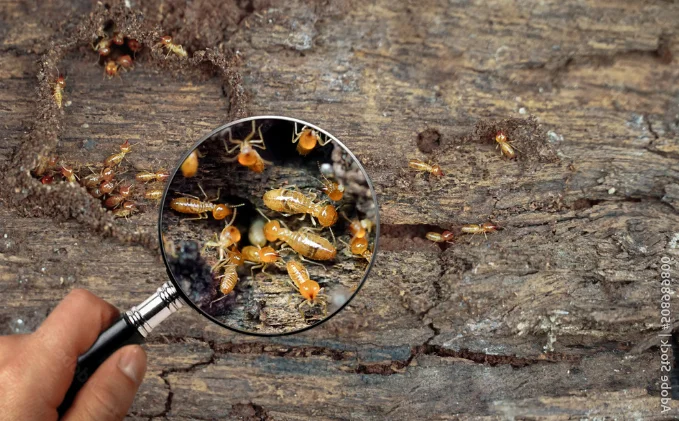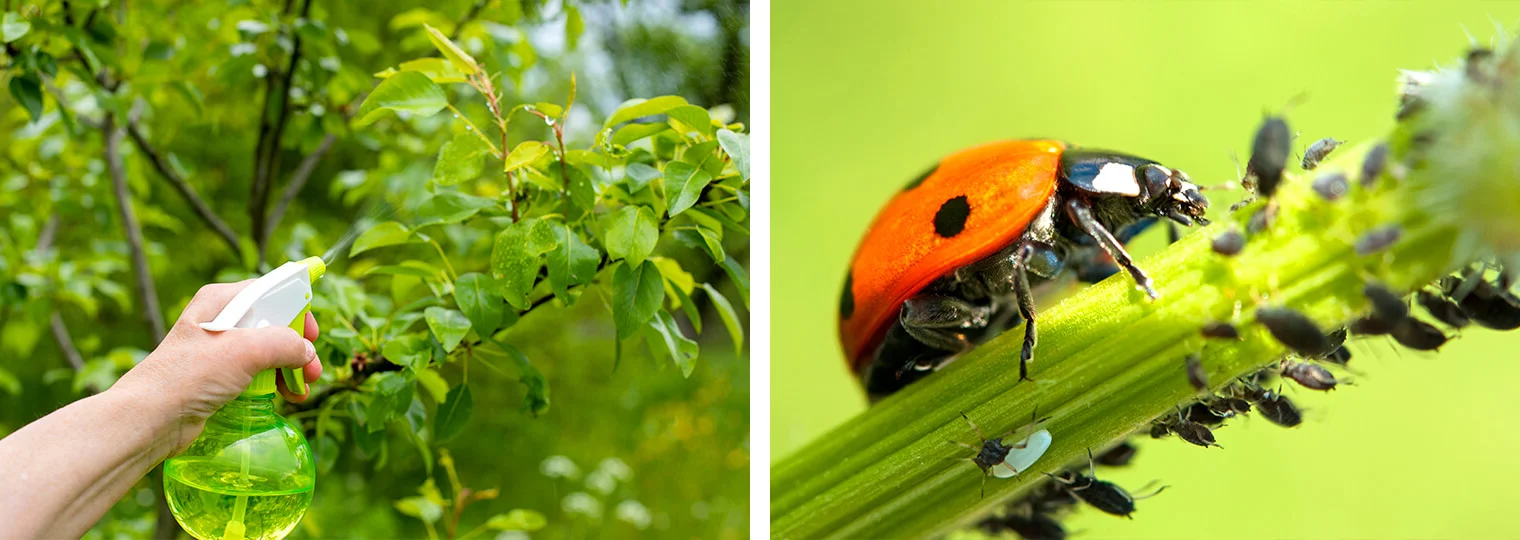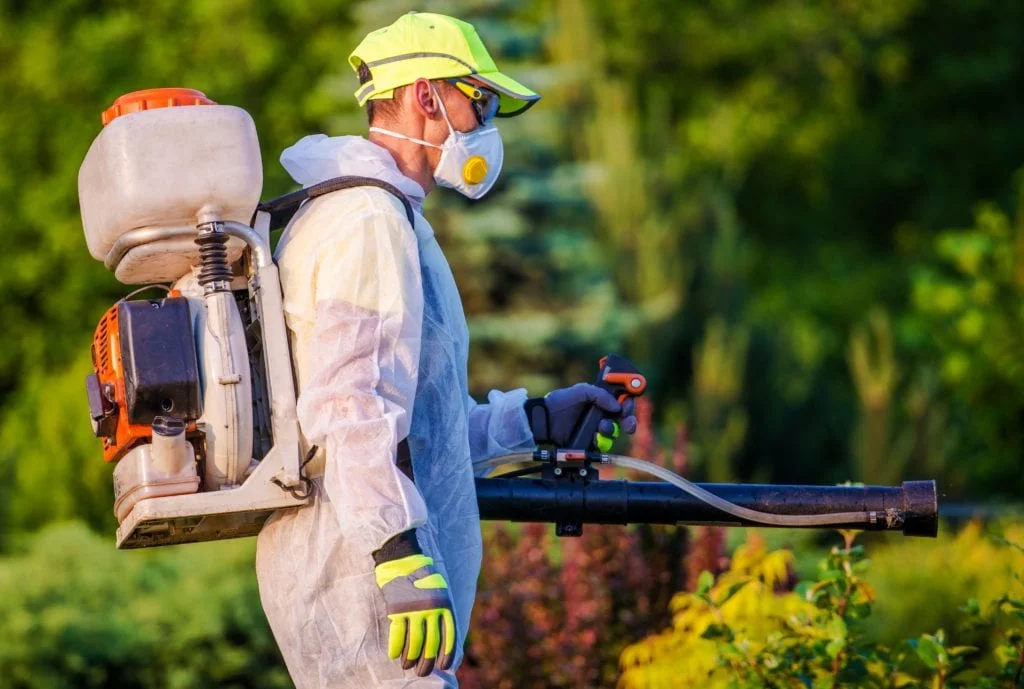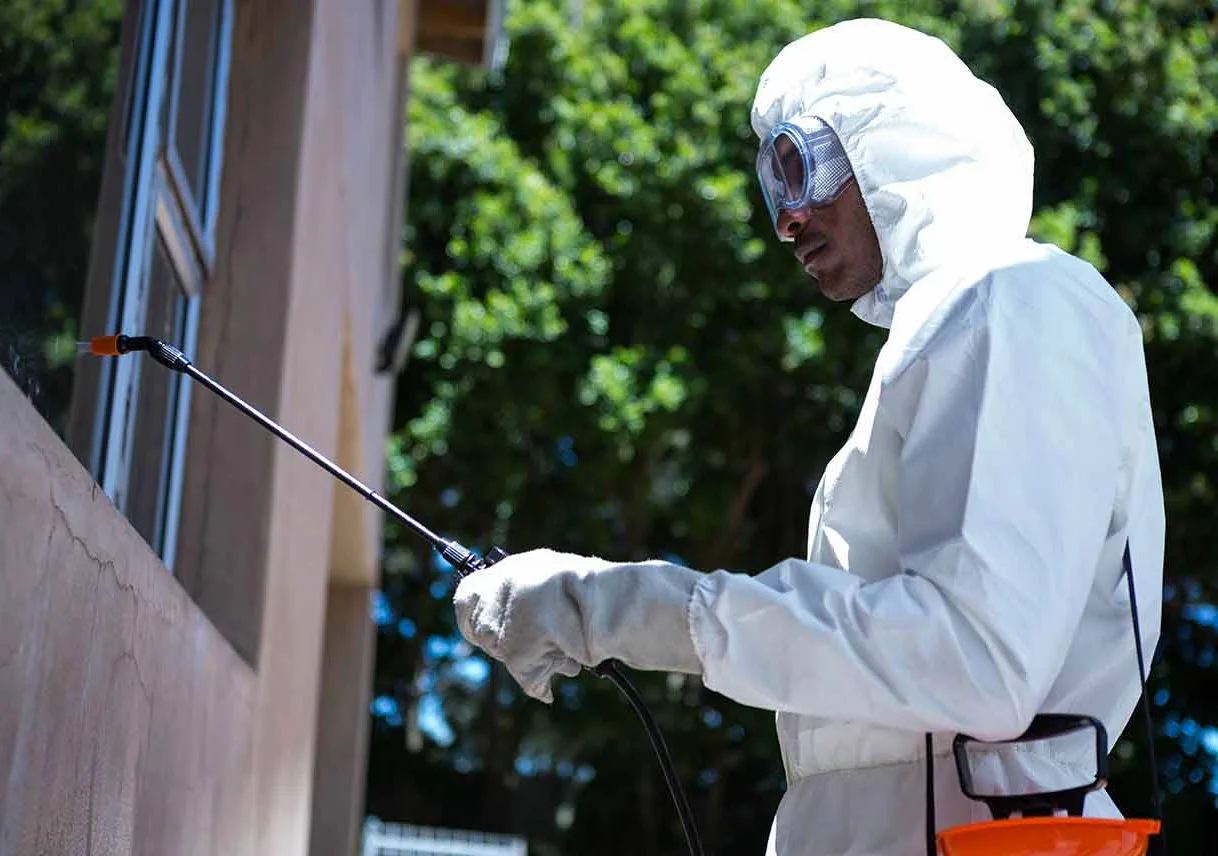New Jersey faces substantial bed bug challenges, particularly in densely populated urban centers where multi-unit housing and frequent resident turnover facilitate rapid spread between properties. These persistent pests have established throughout the state regardless of regional differences, property types, or cleanliness levels, creating consistent pressure patterns with particular intensity in the northeastern urban corridor including Newark, Jersey City, and surrounding communities. The state's position as a major transportation hub with extensive commuter traffic connecting to New York City creates heightened introduction potential as these hitchhiking pests move easily through public transit systems, hotels, and shared workspaces spreading between communities that might otherwise remain isolated from infestation patterns.
Effective bed bug management requires highly specialized approaches distinctly different from general pest control methodologies. Professional services combine thorough inspection using visual techniques, monitoring devices, and often canine detection teams identifying hidden infestations, targeted treatment of affected areas using multiple control strategies including heat, steam, directed applications, and dust formulations, and detailed prevention recommendations reducing future vulnerability. For confirmed infestations, comprehensive management typically requires multiple service visits ensuring complete elimination of these resilient pests capable of surviving months without feeding. New Jersey's hospitality, multifamily housing, and healthcare sectors often implement preventative inspection programs detecting early activity before these challenging pests establish widespread populations difficult to eliminate without extensive intervention measures.










